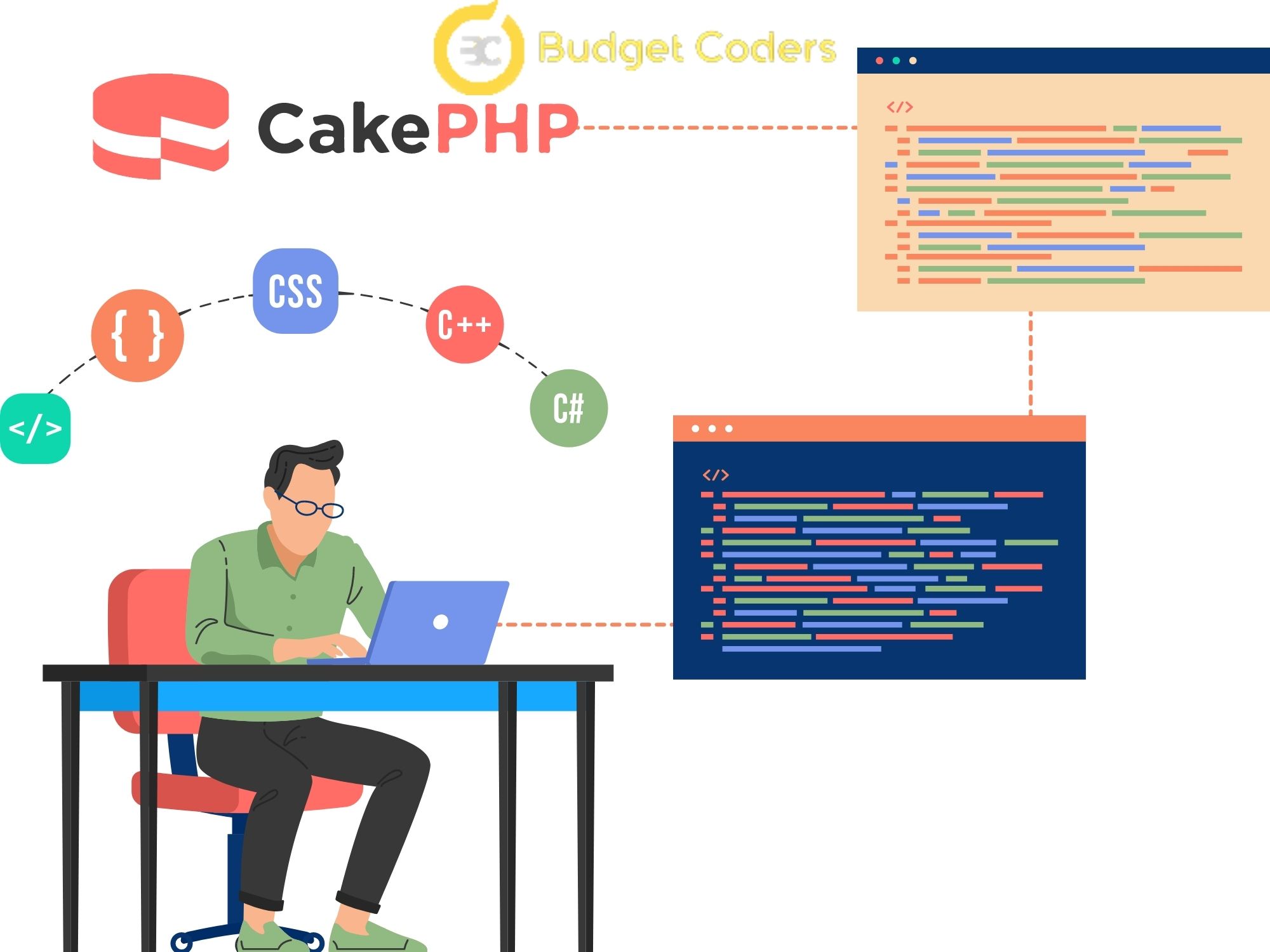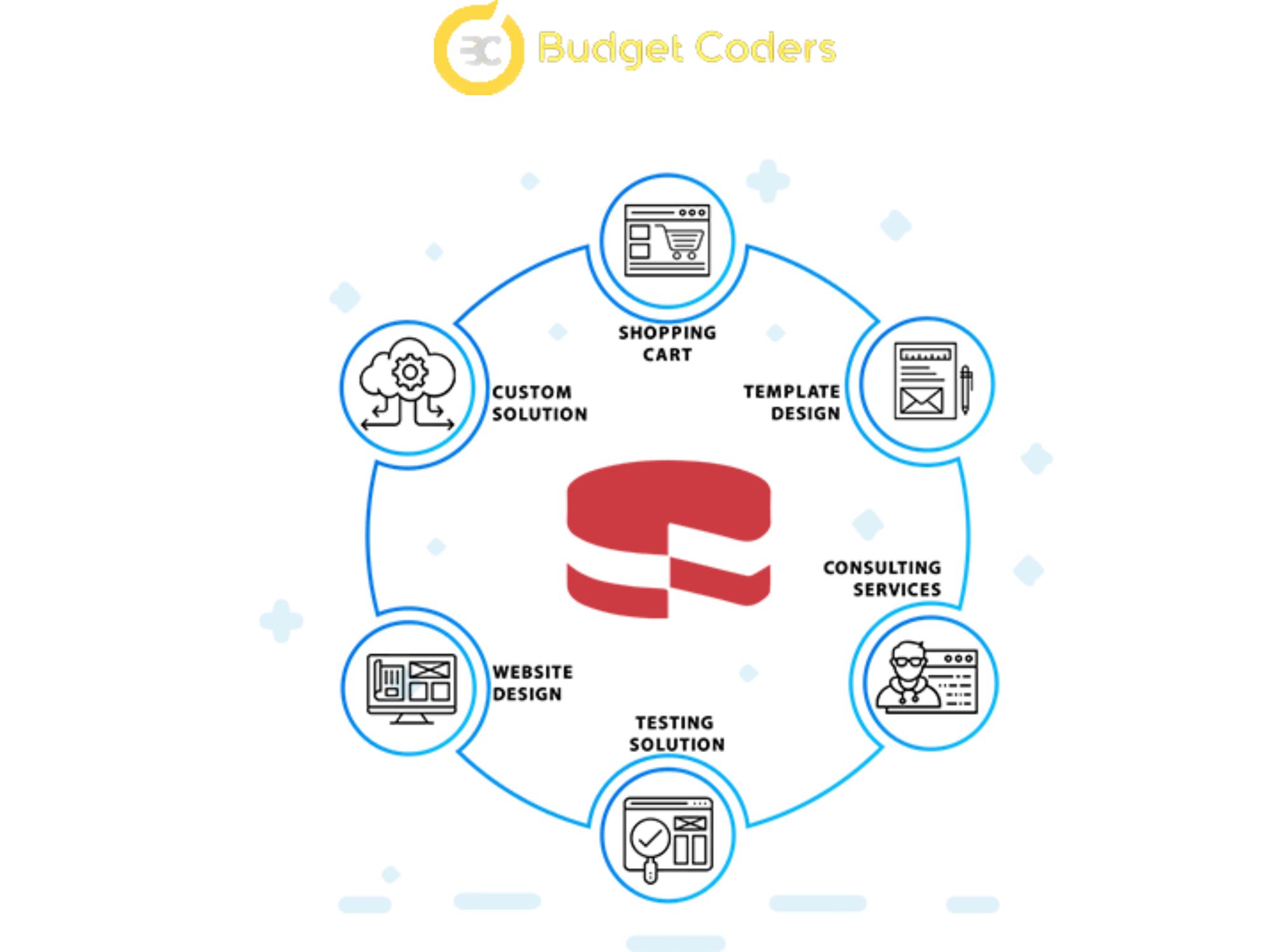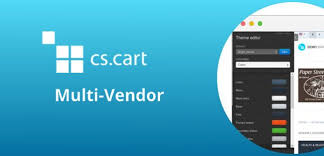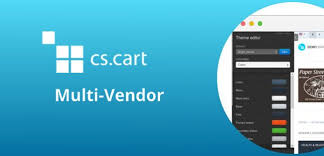 CakePHP is an open-source web development framework written in PHP and based on the MVC (Model-View-Controller) architecture. It’s a great tool for developers to quickly create web applications from scratch, or even to modify existing ones. In this article, we’ll take a look at what CakePHP offers and why it’s so popular among developers.
CakePHP is an open-source web development framework written in PHP and based on the MVC (Model-View-Controller) architecture. It’s a great tool for developers to quickly create web applications from scratch, or even to modify existing ones. In this article, we’ll take a look at what CakePHP offers and why it’s so popular among developers.
Introduction to CakePHP
If you’re a web developer, chances are you’ve heard of CakePHP. It’s one of the most popular PHP frameworks available, and it’s used by some of the biggest names in the business, including Microsoft, Facebook, and Twitter.
So what is CakePHP? In short, it’s a framework that helps you quickly develop web applications. But there’s a lot more to it than that. In this article, we’ll give you a comprehensive introduction to CakePHP. We’ll cover its history, key features, and why it’s such a popular choice for web development.
Ready to learn more about CakePHP? Let’s get started!
Benefits of CakePHP
CakePHP is a popular open-source web development framework for PHP. It is known for its ease of use and flexibility. CakePHP has many benefits that make it a good choice for web development.
Some of the benefits of CakePHP include
- CakePHP is easy to use and learn. Even if you are new to PHP, you can quickly learn how to use it. The documentation is clear and concise, and there are many resources available online to help you get started.
- It is flexible and can be used for developing both small and large applications. It has a wide range of features that can be used to create complex applications.
- CakePHP uses the Model-View-Controller (MVC) architecture, which makes it easy to maintain and extend your application. MVC also helps keep your code organised and clean.
- CakePHP comes with built-in tools for security, caching, validation, and more. These tools make it easy to build secure and efficient applications.
If you are looking for a PHP framework to use for web development, CakePHP is a great option to consider. It is easy to use, flexible, and comes with a wide range of features that make it well suited for developing both small and large applications.
How to Use CakePHP?
Assuming you have a basic understanding of PHP (if not, check out our introductory tutorial), using CakePHP is a piece of cake (pun intended). In this section, we’ll give you a quick rundown of the directory structure and some of the most important files in a CakePHP application. Then we’ll create a simple “Hello, World!” app to show you how everything fits together.
The first thing you need to do is download CakePHP. Once you have it on your local machine, unzip it into your web server’s document root directory. For this example, we’ll assume that your document root is /var/www/html . So if you unzipped CakePHP into your Downloads folder, you would move it like this:
$ mv ~/Downloads/cakephp-x.x.x /var/www/html/cakephp
Where x.x.x is the current version number. With that done, point your browser to http://localhost/cakephp , and you should see the Welcome page:
Understanding the MVC Architecture
The MVC architecture is a way of structuring code so that data, logic, and presentation are all separate. This makes code more modular and easier to maintain. In CakePHP, the Model represents the data, the View represents the presentation, and the Controller handles the logic.
CakePHP uses a convention-over-configuration approach, which means that it has default settings for everything. This makes it very easy to get started with CakePHP. However, it also means that you can easily change the defaults to suit your needs.
One of the advantages of using CakePHP is that it comes with built-in tools for validation, security, and caching. This can save you a lot of time and effort when developing your applications.
Using Controllers, Views, and Models in CakePHP
CakePHP is an open-source framework for PHP that provides an extensible architecture for developers to create web applications. CakePHP uses the Model-View-Controller (MVC) approach, which is a design pattern that separates the application’s data, presentation, and logic layers. This separation of concerns makes code more maintainable and reduces complexity.
The Model layer is responsible for interacting with data sources such as databases or APIs. Models are typically used to retrieve, insert, and update data. The View layer is responsible for generating the user interface (UI). Views are typically written in HTML, but they can also be generated using JavaScript or other client-side technologies. The Controller layer is responsible for handling user input and interactions. Controllers are typically the glue that binds the Model and View layers together.
In CakePHP, Controllers are classes that are located in the /app/Controller directory. Views are located in the /app/Template directory. Models are located in the /app/Model directory. The following diagram shows how these three components interact with each other:
When a user requests a page from a CakePHP application, the request is routed to a Controller. The Controller determines which action should be invoked based on the URL of the request. Once an action has been determined, the Controller will load any necessary Models and pass them to the View.
Working with Routes and Components
In any CakePHP project, you’ll need to work with both routes and components. Routes are responsible for matching URLs to controller actions, while components are building blocks that can be used in controllers to create more complex functionality.
Working with routes is relatively simple. In your project’s config/routes.php file, you’ll find an array of route objects. Each route object has a few different properties:
- ‘Pattern’ property is a regular expression that defines what URLs the route will match.
- ‘Controller’ property defines which controller should be used for matching URLs.
- ‘Action’ property defines which action method of the controller should be called.
You can also define additional parameters that will be passed to the controller action as well. For example, if you have a route like this:
$routes->connect(‘/posts/:id’, [‘controller’ => ‘Posts’, ‘action’ => ‘view’], [‘id’ => ‘\d+’]);
The :id parameter will be passed to the view() action method as an argument. You can access it in your code like this:
public function view($id) {
// Do something with $id…
}
Now let’s take a look at how components work. Components are classes that provide reusable functionality.
Understanding Database Connections in CakePHP
In CakePHP, a database connection is required to interact with your database. Connections are established in your config/database.php file using the following syntax:
‘Datasources’ => [
‘default’ => [
‘className’ => ‘Cake\Database\Connection’,
‘driver’ => ‘Cake\Database\Driver\Mysql’,
‘persistent’ => false,
‘host’ => ‘localhost’,
//’port’ => ‘non_standard_port_number’,
‘username’ => ‘my_app’,
‘password’ => ‘secret’,
‘database’ => ‘my_app’,
// // You can also add additional options like cache, encoding, etc.
],
// Other datasources…
// In general, each datasource defines its own set of parameters (e.g., className, driver, host). For more information on what each parameter means and how to configure your database connection, check out CakePHP’s documentation on Datasources.
Tips for Troubleshooting Common Issues with CakePHP
If you’re having trouble with CakePHP, here are a few tips to help you troubleshoot the most common issues:
- Make sure you have the latest version of CakePHP installed.
- Check your server configuration to ensure it meets the minimum requirements for CakePHP.
- If you’re using Apache, make sure mod_rewrite is enabled and .htaccess files are being processed correctly.
- Be sure to clear your caches after making changes to your configuration files or code.
- If you’re still having trouble, check the CakePHP logs for errors or consult the online documentation.
Conclusion :
CakePHP is a powerful and versatile framework that can be used to create complex web applications. We have provided an overview of its features, along with tips on how to get started using it. Whether you are new to CakePHP or an experienced developer, there is something for everyone here. With the right knowledge and practice, developers will soon be able to harness the power of CakePHP for their own projects.
FAQs
Q. What is CakePHP?
CakePHP is an open-source web development framework written in the PHP programming language. It follows the Model-View-Controller (MVC) architectural pattern and provides an extensible architecture for developing, maintaining, and deploying web applications. CakePHP is used to help developers build fast, secure and feature-rich websites and applications. By using modern development concepts such as convention over configuration, composer packages, model view controller, and ORM, CakePHP reduces development time significantly.
Q. What are the system requirements for CakePHP installation?
CakePHP requires a web server such as Apache or Nginx with PHP 7.2 or higher. You will need a database such as MySQL, PostgreSQL, or SQLite to store your data and the mbstring and intl extensions must be enabled in your PHP configuration. You will also need the composer tool to manage your CakePHP installation.
Q. What are the server requirements to install CakePHP?
An HTTP Server such as Apache or Microsoft IIS.
PHP with a minimum version of 5.6.
intl, mbstring, simplexml, PDO PHO extension is required.
Q. What are the features of CakePHP?
CakePHP is an open-source web application framework that provides robustness, scalability and extensibility for developers. Key features include: object-oriented structure, code generation tools, templating engine, caching libraries, database access layer and unit testing. CakePHP also has built-in security control elements such as form tampering protection and cross site request forgery protection. With CakePHP you can also benefit from several powerful features like events & behaviors, localization & internationalization services and plugin architecture.
Q. Explain layers of CakePHP?
CakePHP works on MVC structure. MVC stands for the model view controller. MVC is an architectural pattern that describes a way to structure our application and explains the responsibilities and interactions of each part in that structure:
Model layer: This layer has business logic implemented for the application, such as retrieving data, converting or processing data, validating data that comes under this layer.
Controller layer: This layer is used to handle the request from the user. It gets requests from clients, checks its validity, fetches data accordingly, allocated resources, selects presentational data accordingly, and finally delegates the rendering process.
View layer: This layer is responsible for rendering the front-end interface from the information provided from the model data.



